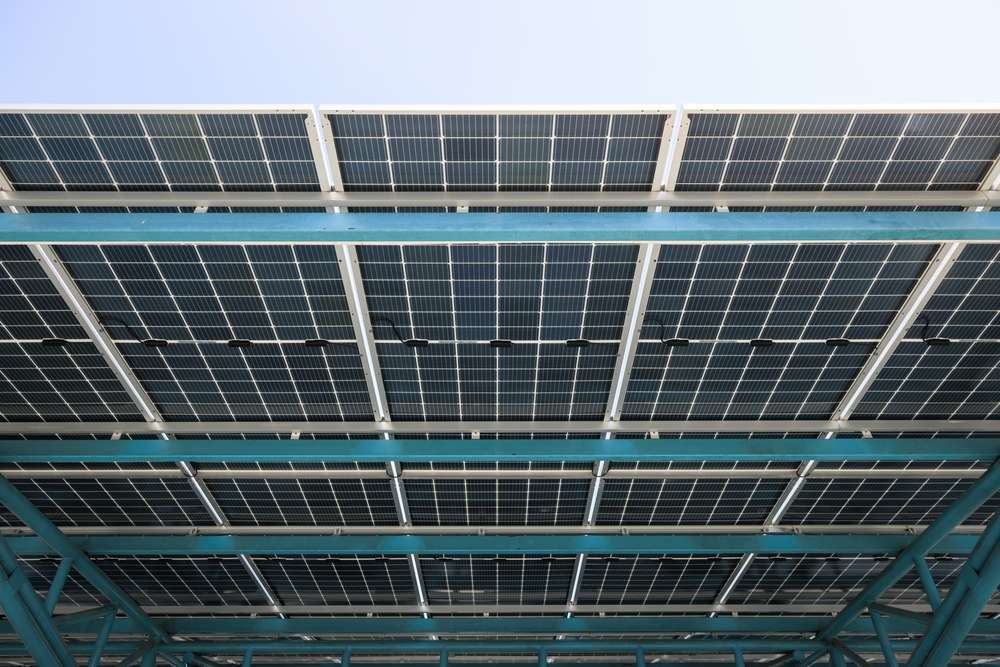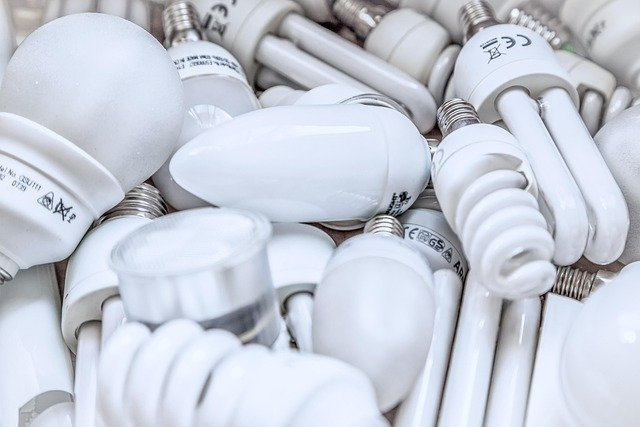Smart energy & eco-friendly home devices
Modern households are increasingly turning to intelligent solutions that reduce environmental impact while cutting utility costs. Smart energy devices offer homeowners the ability to monitor, control, and optimize their power consumption in real-time, creating homes that are both technologically advanced and environmentally responsible. These innovations represent a significant shift in how we interact with our living spaces, making sustainability accessible and practical for everyday life.

Discover how smart energy devices are transforming modern homes into eco-friendly powerhouses
Smart energy devices have revolutionized the way Australian households manage their power consumption. These intelligent systems use sensors, connectivity, and automation to optimize energy use throughout the home. Smart thermostats learn your temperature preferences and adjust heating and cooling systems accordingly, reducing unnecessary energy expenditure. Smart plugs allow you to monitor and control individual appliances remotely, identifying energy vampires that drain power even when devices appear to be off. Solar panel systems integrated with smart inverters maximize renewable energy capture and storage, while smart meters provide detailed insights into consumption patterns. These devices work together to create an ecosystem where energy efficiency becomes automatic rather than a conscious effort, helping households reduce their carbon footprint while lowering electricity bills.
Guide to creating a sustainable home with smart technology
Building a sustainable home with smart technology requires a strategic approach that considers both immediate needs and long-term goals. Start by conducting an energy audit to identify areas of highest consumption and waste. Install smart lighting systems that use LED bulbs and motion sensors to ensure lights are only on when needed. Consider smart window treatments that automatically adjust based on sunlight and temperature, reducing heating and cooling demands. Water conservation can be addressed through smart irrigation systems that monitor weather forecasts and soil moisture levels, preventing overwatering. Smart appliances, from refrigerators to washing machines, offer eco-modes and scheduling features that allow you to run them during off-peak energy hours when electricity is cleaner and often cheaper. Integration platforms like Google Home or Amazon Alexa can centralize control of these devices, making it easier to manage your sustainable home ecosystem. The key is to implement changes gradually, starting with high-impact areas and expanding as you become comfortable with the technology.
Make your home smarter and cleaner with energy saving innovations
Energy-saving innovations have become increasingly sophisticated and accessible to Australian homeowners. Smart hot water systems learn your usage patterns and heat water only when needed, rather than maintaining constant temperature around the clock. Battery storage solutions paired with solar panels allow households to store excess energy generated during the day for use during evening peak hours, maximizing renewable energy utilization. Smart power boards can automatically cut power to devices in standby mode, eliminating phantom energy drain. Advanced home energy management systems provide comprehensive dashboards showing real-time consumption across all connected devices, enabling informed decisions about energy use. Some systems even integrate with electricity provider APIs to optimize usage based on time-of-use pricing, automatically shifting high-consumption activities to cheaper rate periods. These innovations transform homes into active participants in energy conservation rather than passive consumers.
Real-world smart energy device options and considerations
When selecting smart energy devices for your home, understanding the available options and their typical costs helps in making informed decisions. The Australian market offers various solutions across different price points and functionality levels.
| Device Type | Example Providers | Key Features | Cost Estimation (AUD) |
|---|---|---|---|
| Smart Thermostats | Google Nest, Ecobee, Sensibo | Learning algorithms, remote control, energy reports | $200 - $500 |
| Smart Plugs | TP-Link, Belkin WeMo, Kogan | Power monitoring, scheduling, voice control | $15 - $60 each |
| Smart Lighting | Philips Hue, LIFX, Yeelight | LED efficiency, color control, automation | $20 - $100 per bulb |
| Solar & Battery Systems | Tesla Powerwall, Enphase, Sonnen | Energy storage, grid independence, monitoring | $8,000 - $15,000 |
| Smart Meters | Provided by energy retailers | Real-time monitoring, detailed consumption data | Often free from provider |
| Home Energy Management | Sense, Neurio, Wattwatchers | Whole-home monitoring, device detection, insights | $300 - $600 |
Prices, rates, or cost estimates mentioned in this article are based on the latest available information but may change over time. Independent research is advised before making financial decisions.
Integration and compatibility considerations
Successfully implementing smart energy devices requires attention to compatibility and integration. Most devices operate on Wi-Fi networks, though some use Zigbee or Z-Wave protocols requiring a hub. Before purchasing, verify that devices work with your preferred voice assistant or home automation platform. Consider whether you want a unified ecosystem from a single manufacturer or prefer mixing devices from different brands. Cloud dependency is another factor—some devices require constant internet connectivity and manufacturer server access, while others offer local control. Security should be a priority, with regular firmware updates and strong password protection essential for protecting your home network. Professional installation may be required for some devices, particularly those involving electrical work or integration with existing home systems. Planning your smart home infrastructure thoughtfully ensures devices work together seamlessly rather than creating a fragmented experience.
Environmental impact and long-term benefits
The environmental benefits of smart energy devices extend beyond individual household savings to contribute to broader sustainability goals. By reducing peak demand on the electricity grid, smart devices help decrease the need for fossil fuel-based peaker plants that activate during high-demand periods. Homes equipped with solar panels and battery storage can participate in virtual power plant programs, sharing excess energy with the grid during shortages. Over time, the cumulative effect of millions of households making small efficiency improvements creates significant reductions in carbon emissions. Smart devices also promote behavioral change by making energy consumption visible and understandable, encouraging more conscious choices about resource use. The longevity of quality smart devices means the initial investment pays dividends for years, with many systems offering software updates that improve functionality over time. As renewable energy becomes more prevalent in the Australian grid, smart devices that optimize usage timing will play an increasingly important role in maximizing clean energy utilization and minimizing reliance on traditional power sources.
Conclusion
Smart energy and eco-friendly home devices represent a practical pathway toward sustainable living that aligns environmental responsibility with modern convenience. By intelligently managing energy consumption, these technologies empower Australian homeowners to reduce their environmental footprint while enjoying the benefits of a connected, efficient home. The combination of renewable energy generation, intelligent storage, and automated optimization creates living spaces that actively contribute to a cleaner future. As technology continues to evolve and costs decrease, smart energy solutions will become increasingly accessible, making sustainable homes the standard rather than the exception.



